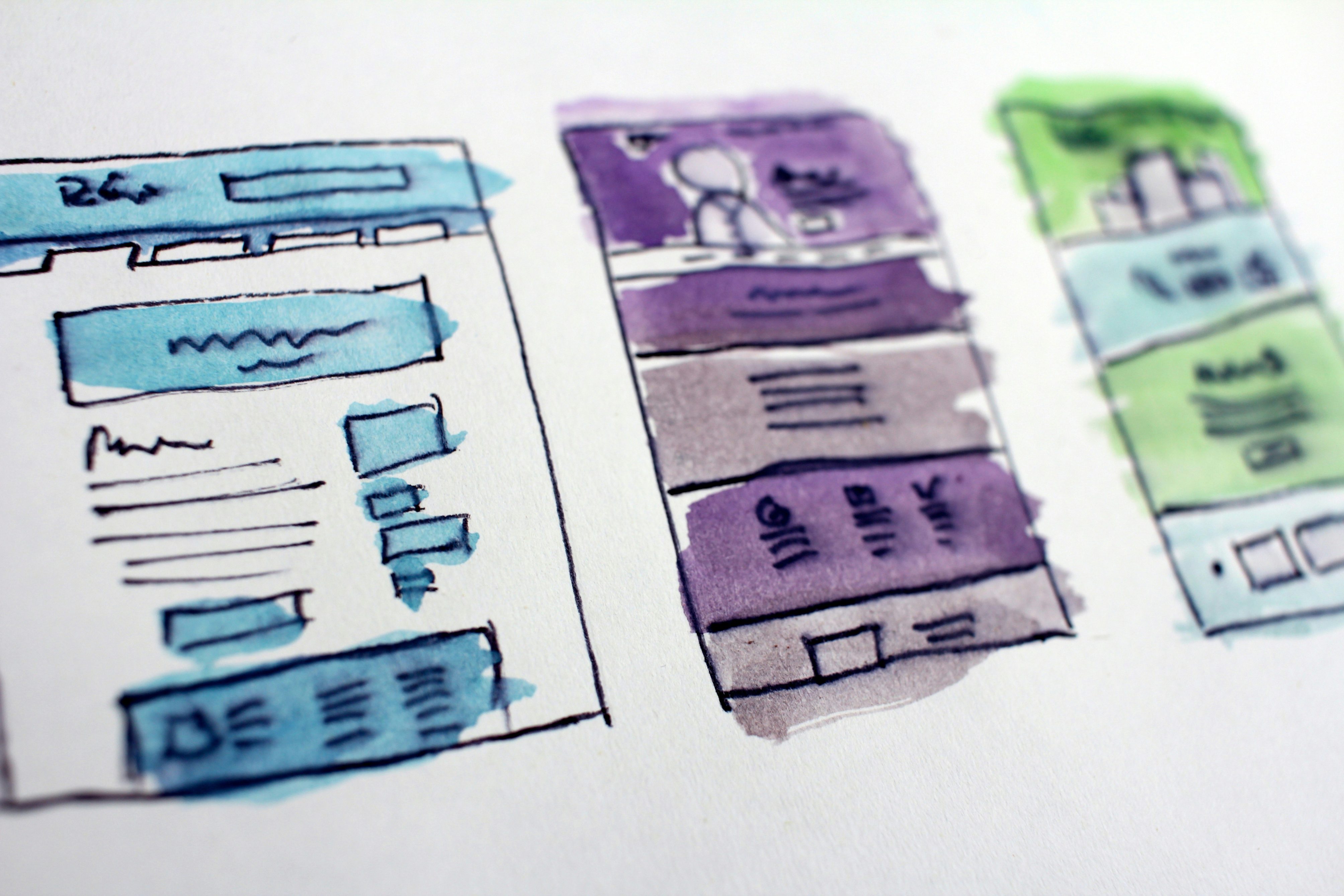AI Will Replace Us All. Or Will It?
That’s all I’ve seen on LinkedIn this week. And the week before. And probably for the last two years.
I work on backend and Android applications, but I think it’s always helpful to know your enemy. Last month, I started following an AI roadmap, and honestly, it’s been kind of great. I’m new to the world of machine learning. I’ve always worked as a web developer, and for the last year and a half, I’ve focused on mobile. So, what exactly is AI for me?

My Journey With AI
I started experimenting with AI about two years ago. At first, it was just my little helper. I wanted to try it, and it turned out to be surprisingly good at analyzing legacy code.
Back then, I was working in a corporate environment, digging into code that nobody understood. Why? Because we didn’t have documentation, and the people who wrote that code were either gone—or in another corporate.
Later, I discovered that AI could also generate JUnit tests. It wasn’t love at first sight, but I have to admit, I’ve grown to enjoy using AI during my development cycle. Still, I’ve never been a fan of “vibe coding,” because I don’t believe development is just about writing code.
Practical Ways I Use AI as a Developer
- Idea generation – for side projects in my free time
- Debugging and code explanation – understanding tricky or old code
- Test generation – especially for unit tests
- Documentation – creating drafts and structure
- Research support – summarizing new concepts or libraries

The Hype vs. Reality
AI ≠ Magic. For non-mathematicians: AI isn’t magic. It hallucinates, it makes mistakes, and you still need a human brain in the process. Why? Because your product will be sold to humans. Or are you planning to sell to AI?
Companies are over-focused on AI right now. Why? Because it’s new, maybe cheaper, and definitely popular. Honestly, it feels like high school again.
And then there’s the “theory of the dead internet,” but different. Everyone has something to write, but it’s all AI-generated. AI-generated pictures, AI-generated posts. No original thought, no real story. My LinkedIn dashboard is full of noise—stories without a story.
This fake productivity bothers me. People publish content every single day just to stay visible, but without saying anything meaningful. And in the last few years, even my favorite programming sources have been filled with AI-generated text that completely misses the point.
Do you really need to post five times a week? Not every week is rich in real insights—and that’s okay.

Lessons Learned: How to Start With AI
Think of AI as your overexcited junior buddy. If you want to start with AI, keep it simple. For me, that meant:
- Generating recipes based on what’s in my fridge
- Doing small optimizations
- Brainstorming ideas for side projects
I also really enjoy roadmap.sh and its AI roadmap—it’s a helpful way to dive deeper into AI and understand the bigger picture.
I use AI while coding, but I’m still the main character writing the code. I always make sure I understand the logic, the design patterns, and the architecture of the application. AI helps me, but it doesn’t replace me—and that balance keeps it useful.
Closing Thought
AI can be a great partner, but it’s just a tool. Learn to use it, question its outputs, and keep the human creativity and critical thinking in the driver’s seat.
How are you using AI in your daily workflow?









Leave a Reply